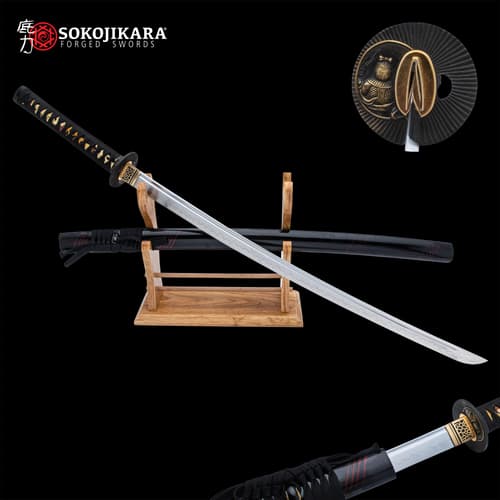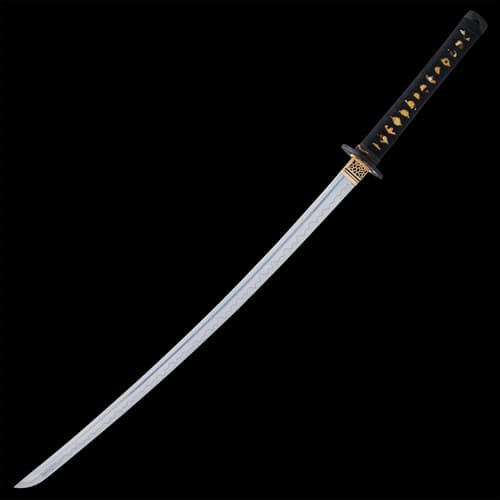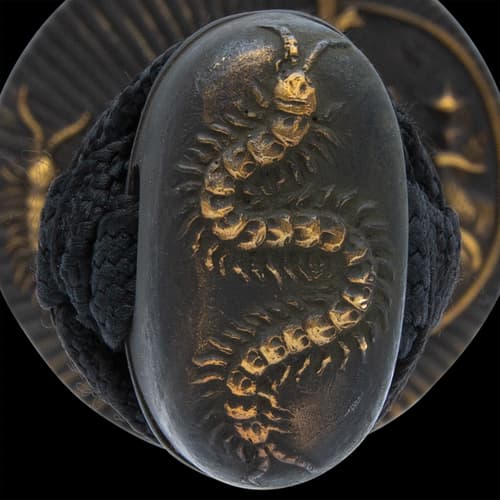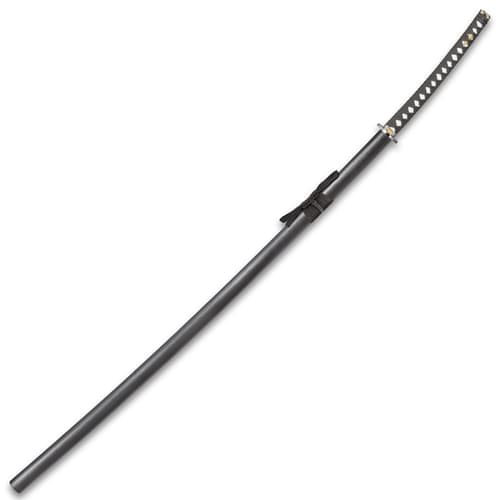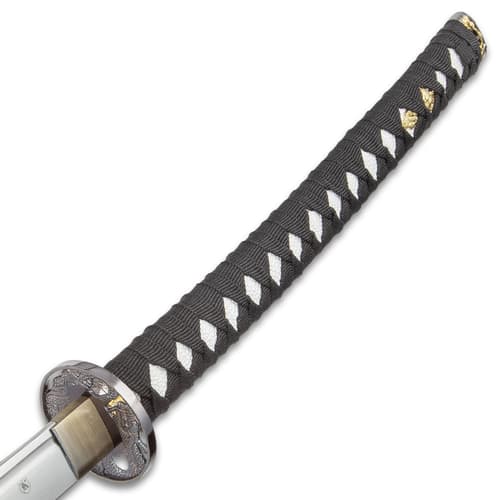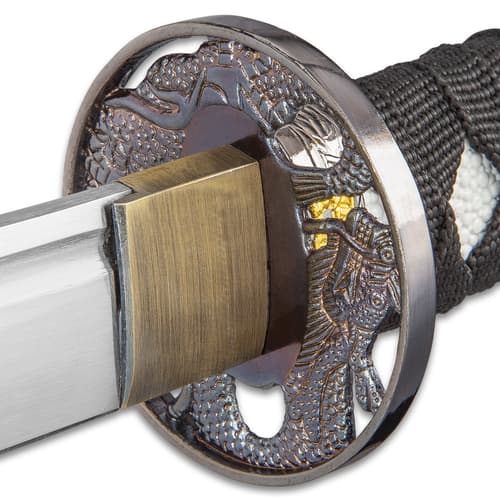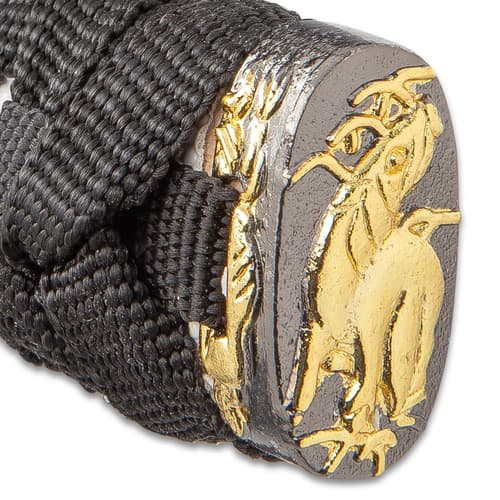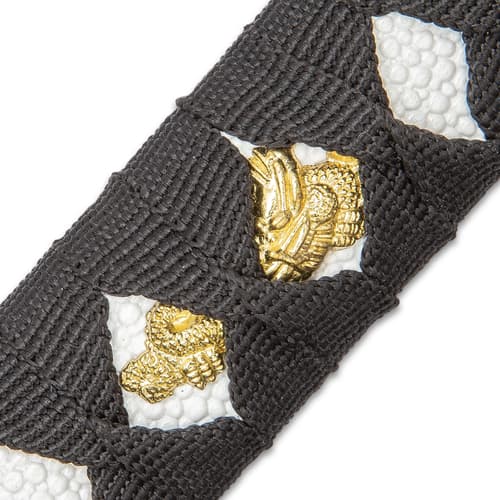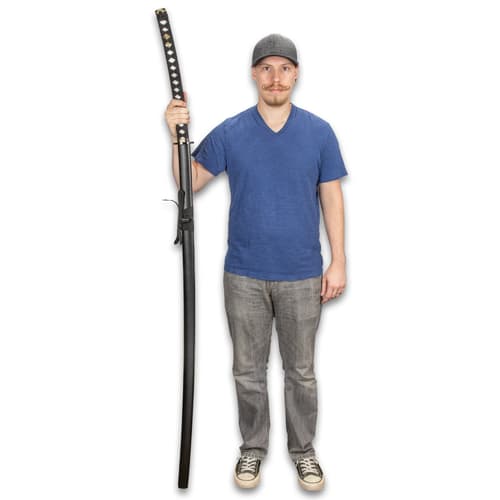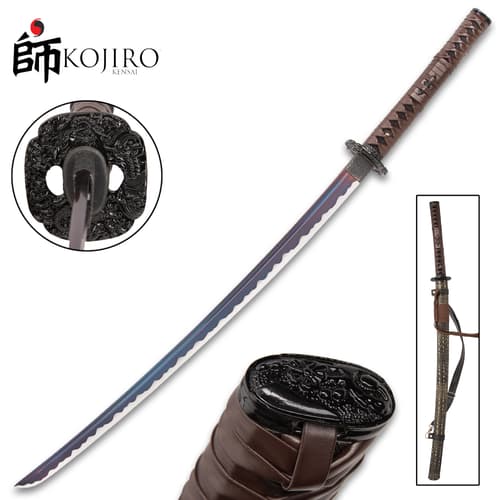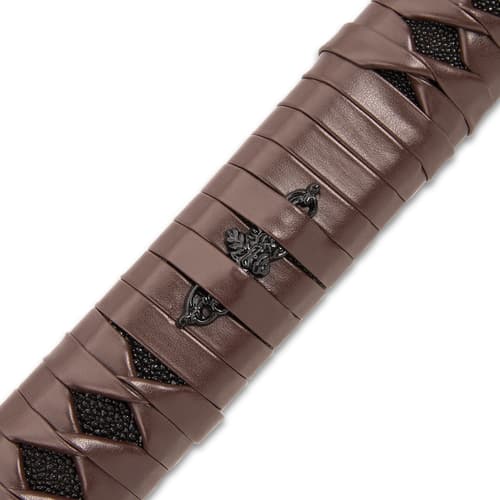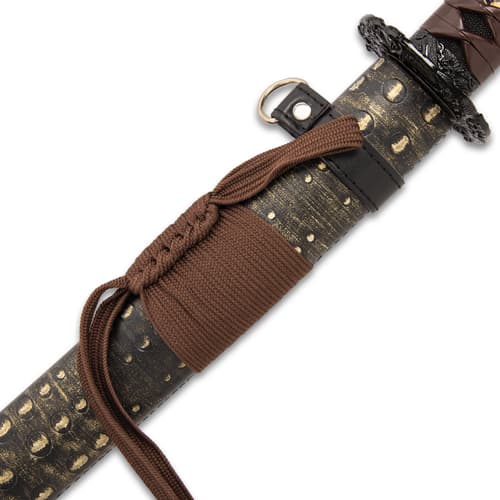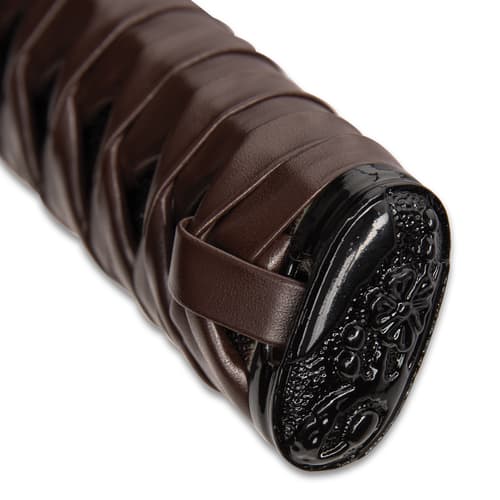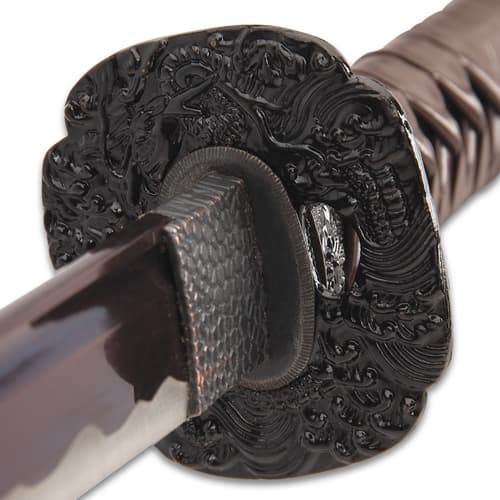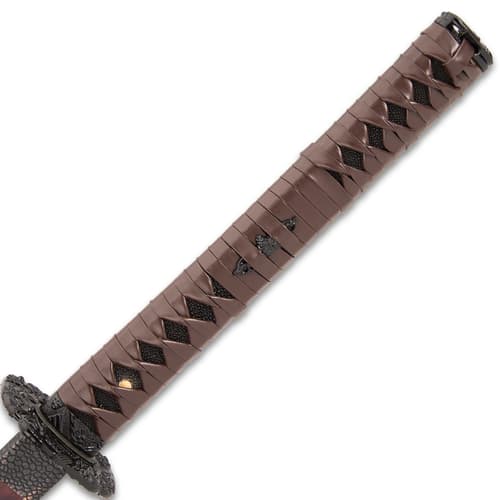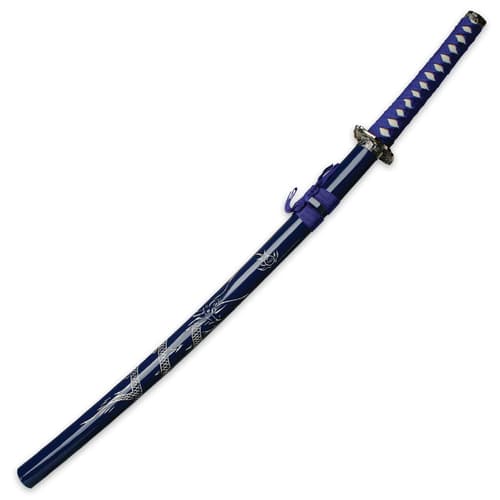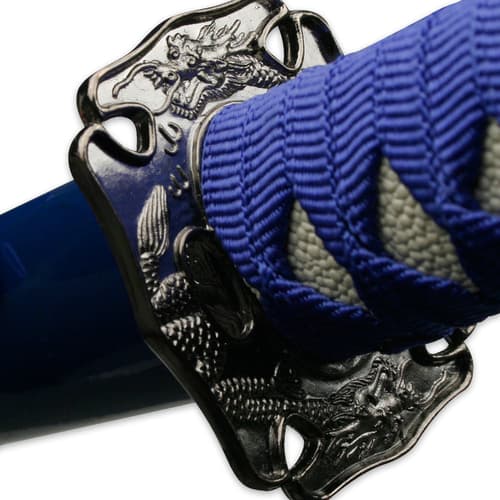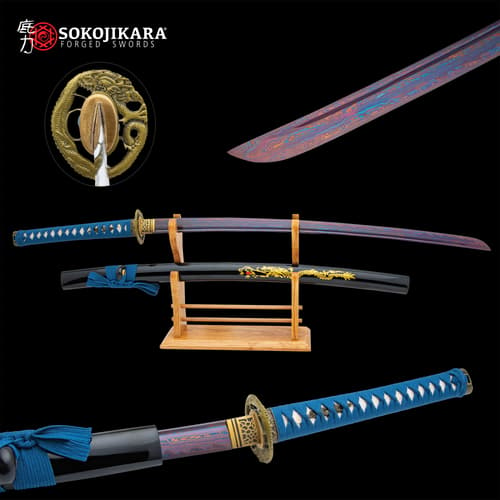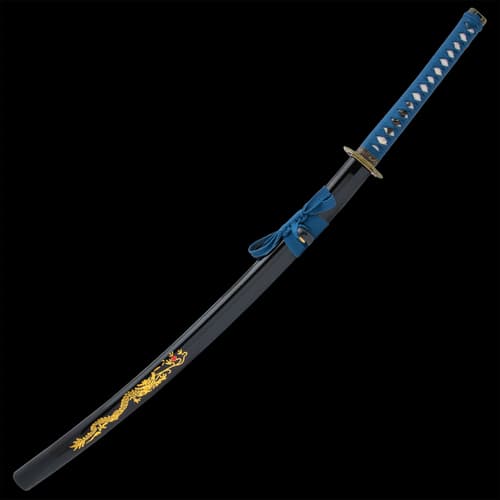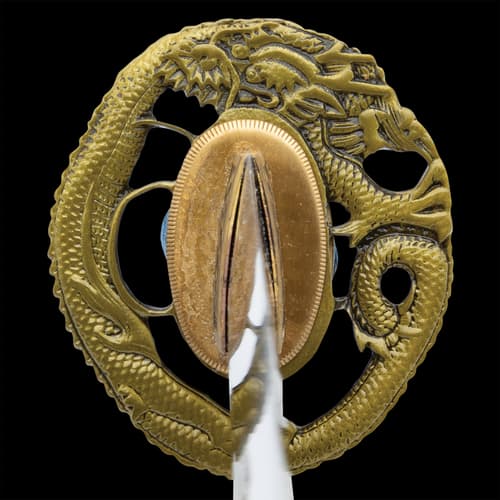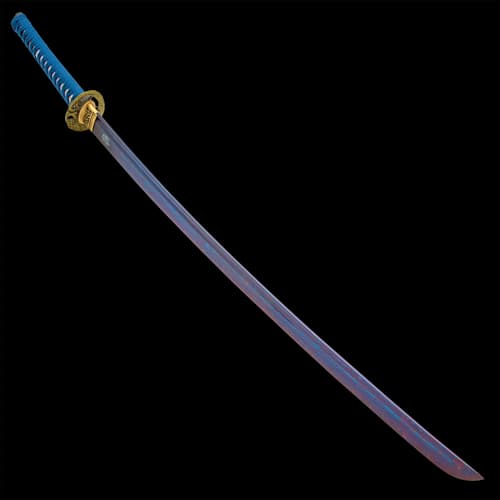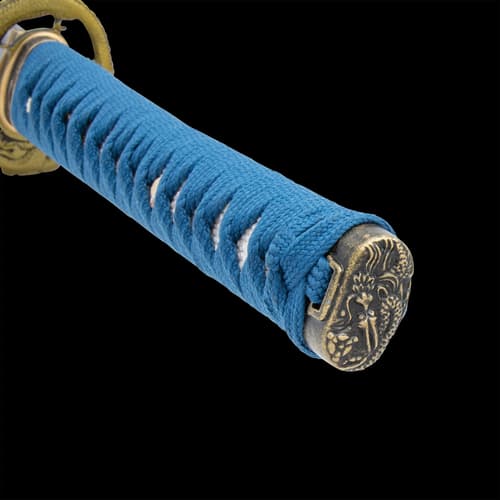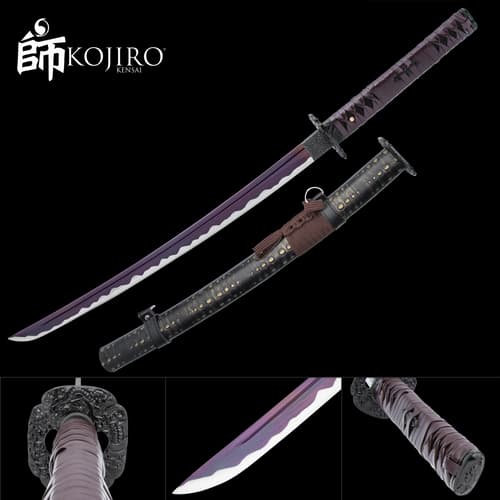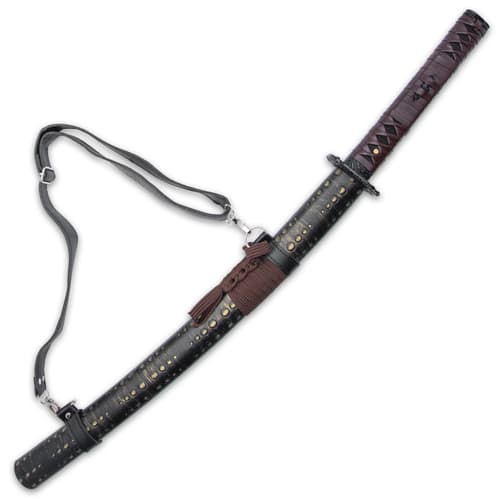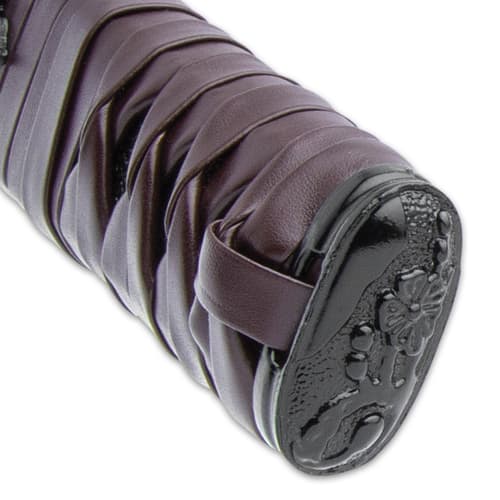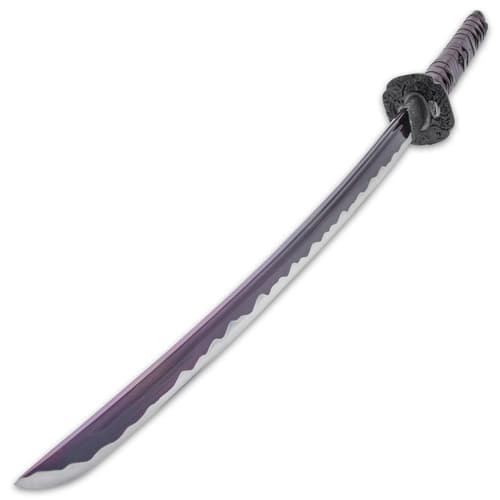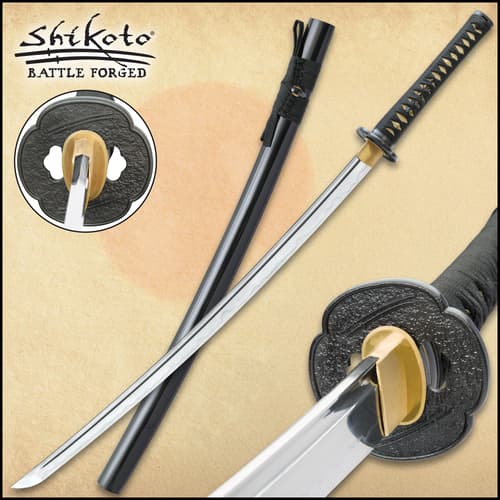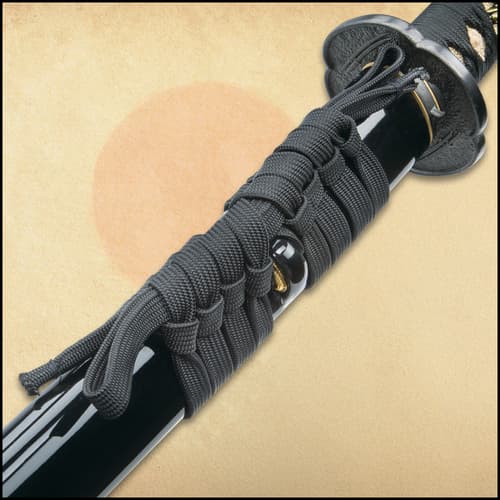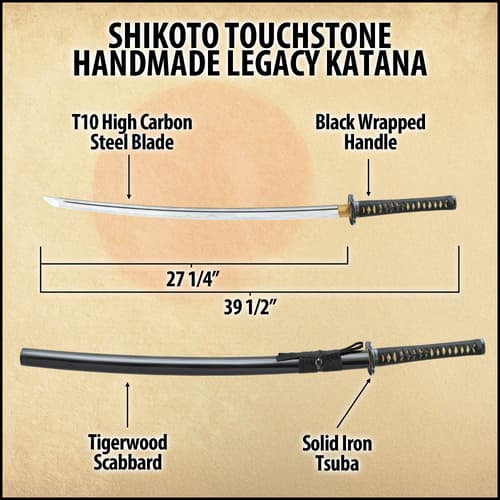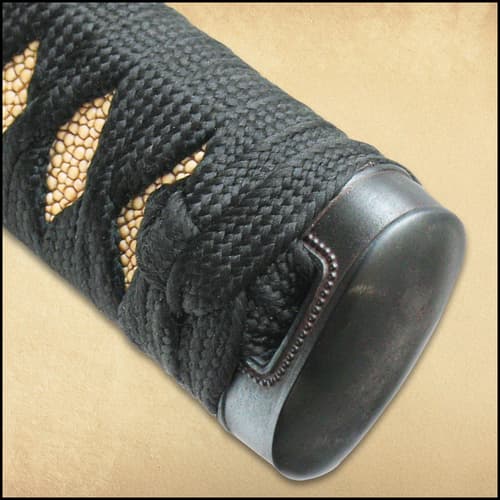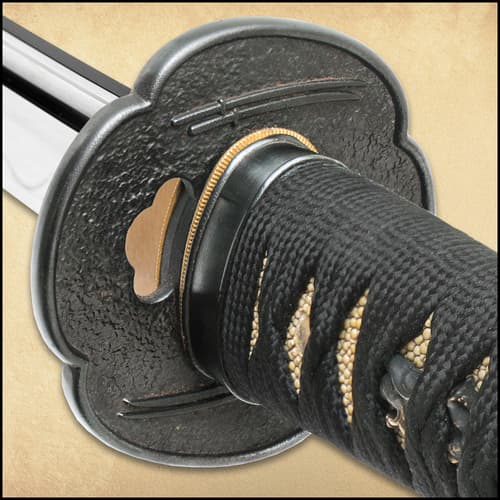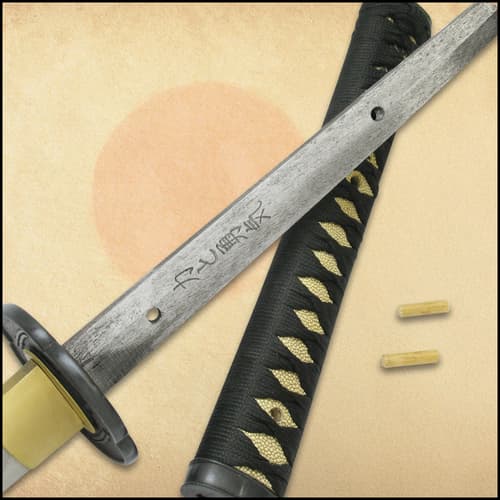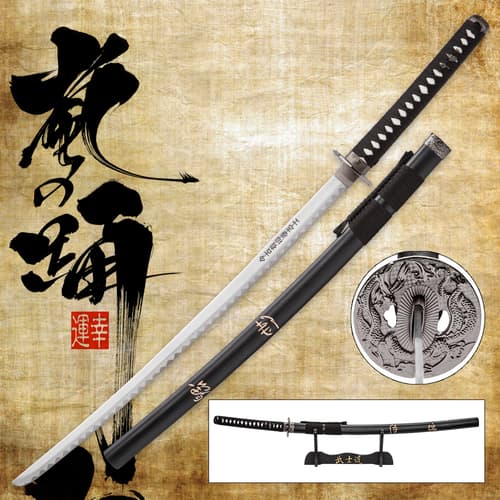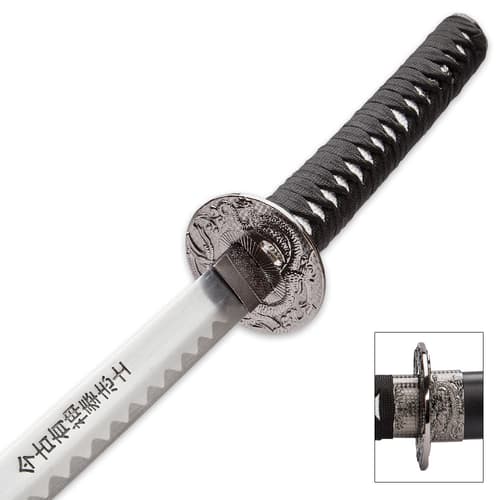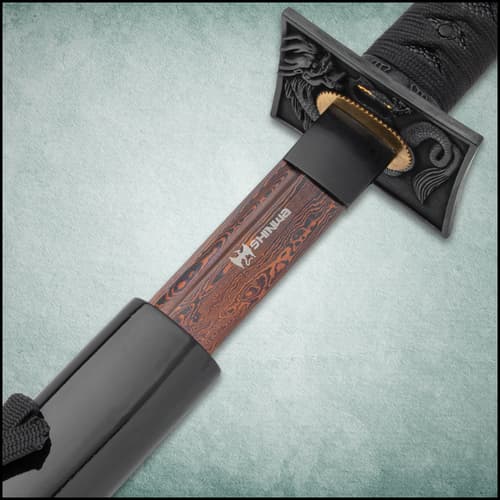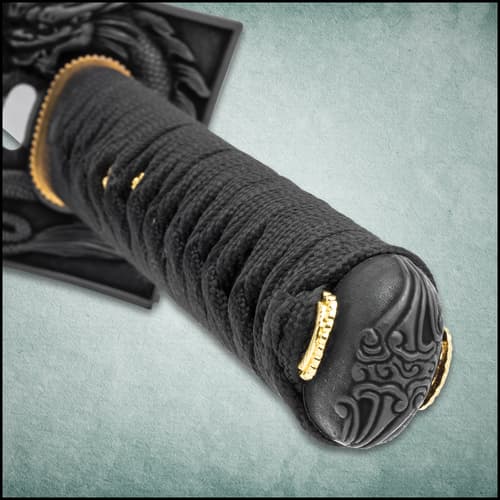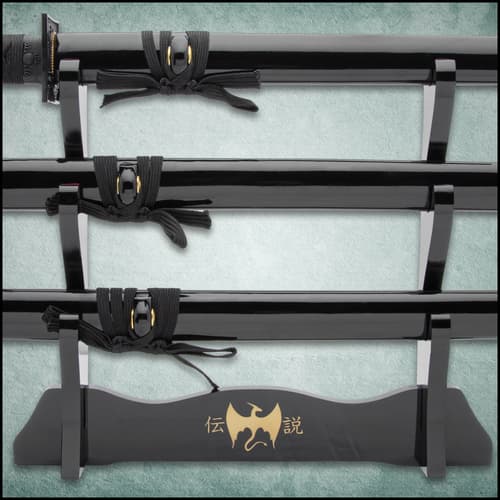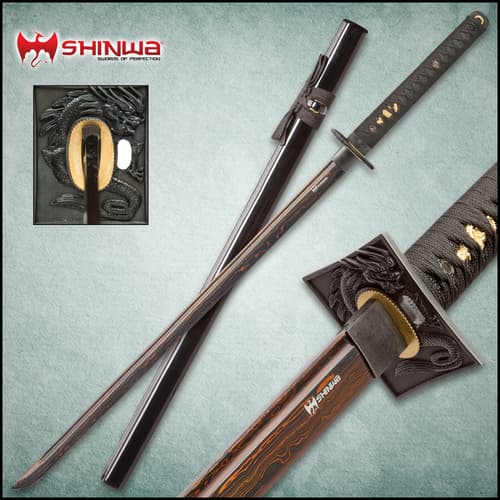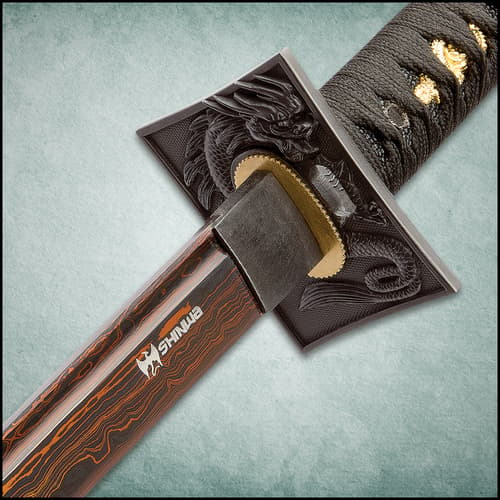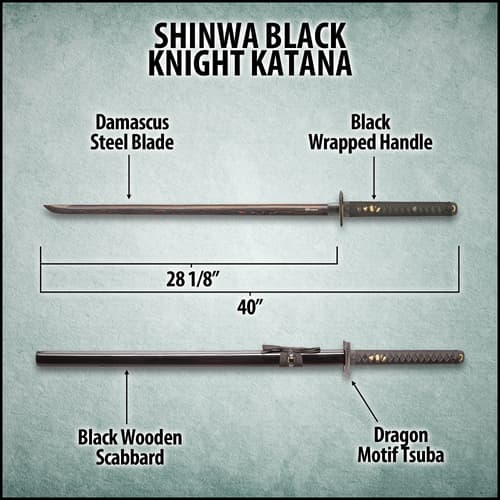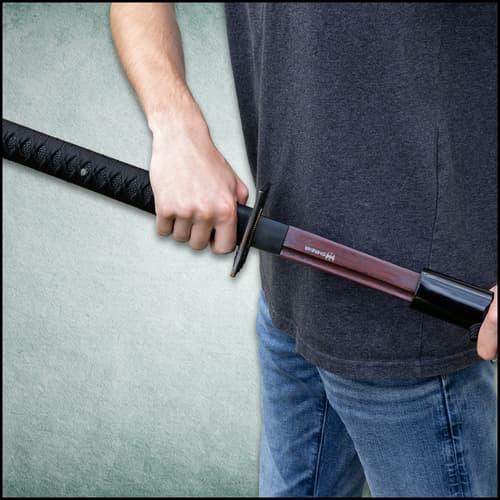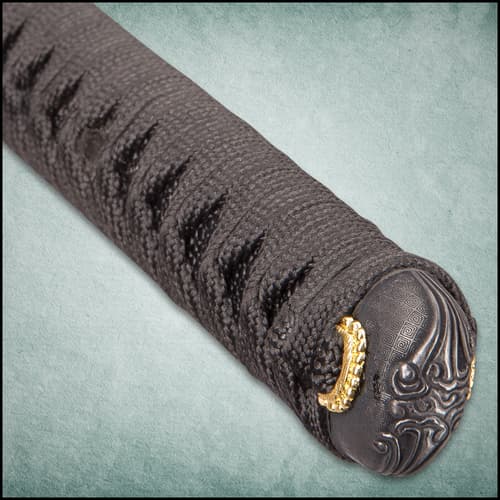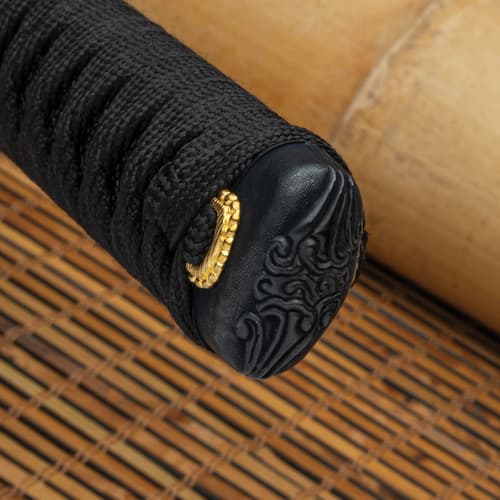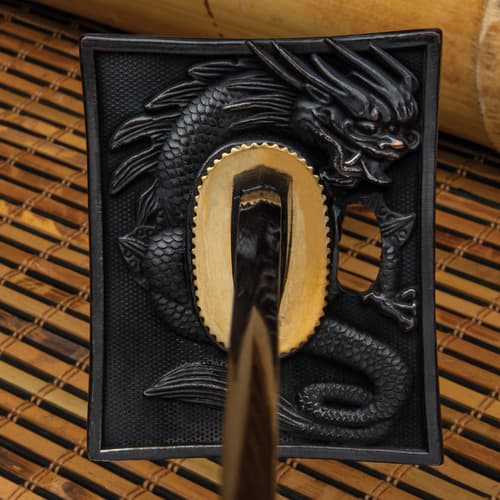Katana Blade Steels: A Short Guide
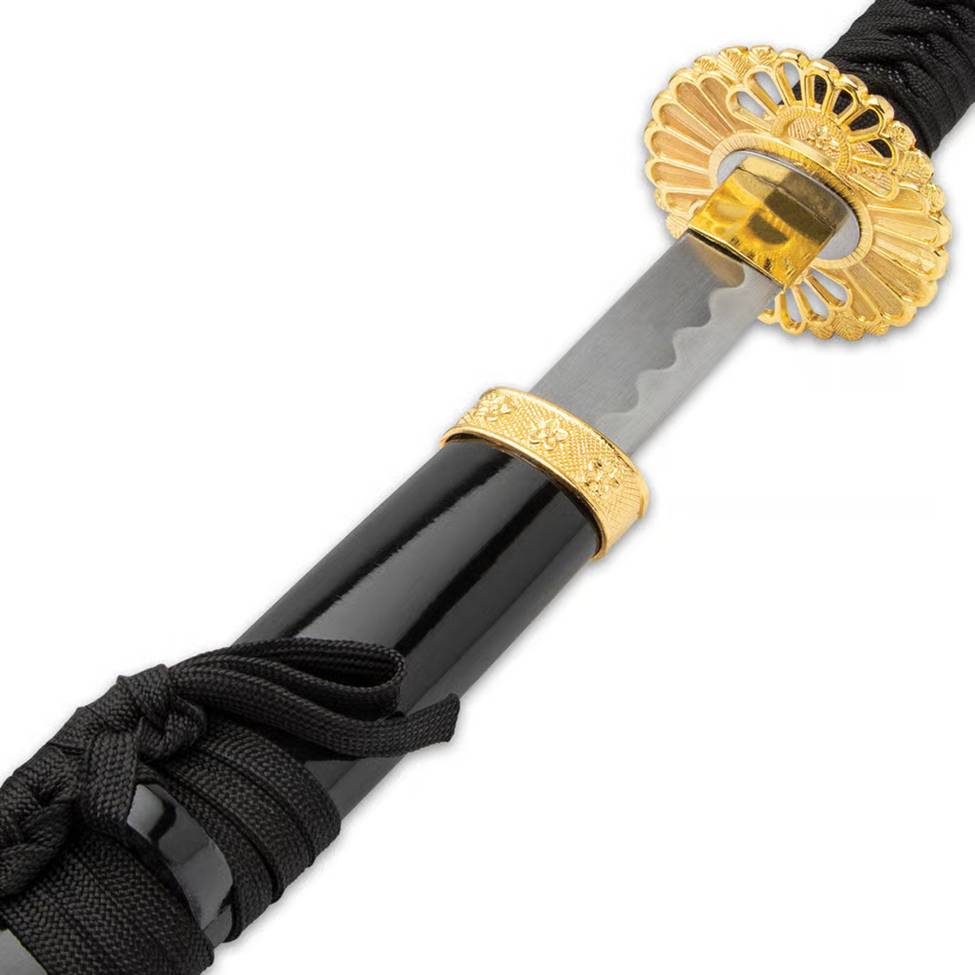

Katana Blade Steels: A Short Guide
These are that, to be considered “battle ready” a sword must feature:
These are that, to be considered “battle ready” a sword must feature:
- Full tang construction
- A proper temper
- And be made from an appropriate alloy
The latter two will be the focus of this article, as there is a conundrum among swordsmiths that does not plague knifemakers. The length of a sword’s blade subjects it to forces that a knife would never experience. Therefore, the conventional heat treatment of most knives, which does little more than harden the blade, is actually a detriment to a sword. A sword made with a suitable alloy that had adequate carbon to maintain an edge need not only be hard, but flexible. Generally, the harder the blade, the more brittle it is, and that puts it at risk of chipping or breaking on contact. As a result, only certain steel alloys can be used to make battle ready katanas - some of which we will cover in this post.


1060
1060 is an alloy of steel so named because it has .6% carbon in the matrix; it is commonly used not only because of its relative affordability, but because when properly forged and tempered, can make an excellent sword. In addition to about half a percent of carbon, 1060 also has about .55% manganese. This balance is excellent because manganese improves toughness, and the relatively low carbon content results in a blade that is easier to temper, making it overall less brittle. For swordsmiths, a higher carbon concentration is both a blessing and a curse. The more carbon, the harder the alloy can be made, but without proper tempering, the blade will be more brittle.
Though very affordable, 1060 has little enough carbon that it’s hard to make a blade too brittle. Rather, 1060 is a very strong and somewhat wear resistant alloy that can make a serviceable blade. You just need to be cognizant of blade maintenance and storage considerations, as if not properly handled and maintained, 1060 is very prone to rust.
1095
All else being equal, and assuming the alloys are handled and tempered appropriately, 1095 steel is one of the best out there for making swords, and offers higher edge retention and wear resistance than 1060. This alloy has quite a bit more carbon than 1060 but follows the same naming convention; it is called 1095 because it has .95% carbon in the alloy.
In addition to carbon, 1095 has a bit of manganese, typically between .3% and .5%. Therefore, 1095’s chemistry and performance are effectively the same as 1060’s except that the higher carbon content yields an alloy that responds more favorably to hardening, and which is therefore stronger and more wear-resistant than its lower-carbon counterpart. The tradeoff is this: it takes an expert swordsmith to temper 1095 steel, as if the sword is hardened too much and not properly heat-relieved, it will be brittle and will be at risk of chipping if not snapping if the blade is struck.
T10
T10 is one of the most common alloys from which swords, not just Japanese swords, are made. In terms of carbon content only, T10 is actually fairly similar to 1095; it has just about 1% carbon. This enables the steel to be hardened, and T10 also contains a smidge of tungsten, an extremely dense element that is also very strong. The addition of tungsten in T10 makes the alloy not only potentially very hard, but also very wear and impact resistant.
T10 is also suitable because it has a reputation for workability among swordsmiths; the alloy can take an edge that the sword will hold well, but the spine of the sword can be differentially tempered to be not only much softer but much more flexible. This differential temper, which is common among katana and other Japanese swords, enables the blade to withstand the abuse of impact much better than some other styles of blades.
Damascus Blade Katana
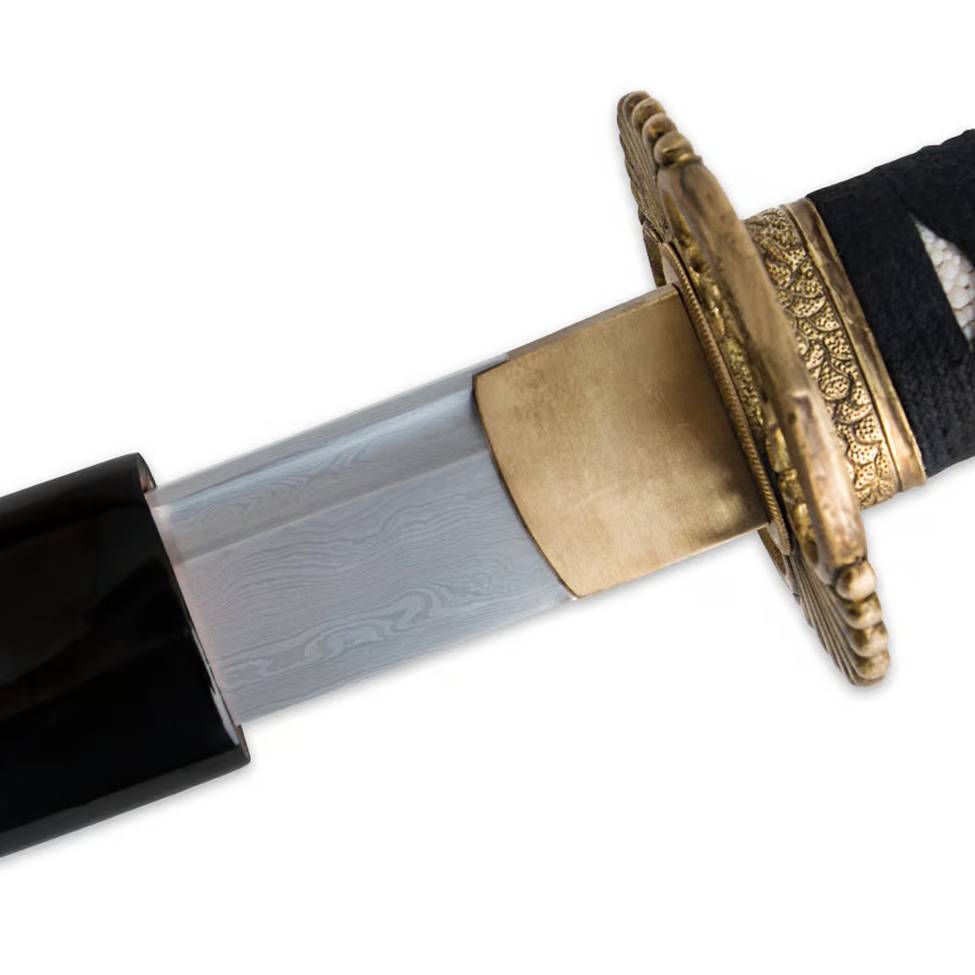

Damascus blade katana are also not particularly uncommon, but the caveat with damascus is that it is not a single alloy. Rather, to produce damascus, a smith will choose two (or several) alloys of different chemistry, and then fold them together, forge welding the entire matrix. The numerous folds of damascus yield a very attractive pattern when the blade is finished; there are many different common patterns prevalent in damascus alloys, among them ladder, raindrop, basketweave, and vines and roses. “Random pressed” damascus steel will also present a unique, beautiful pattern of less regular spots and undulations.
At any rate, depending on the alloys selected for the damascus matrix, the general idea is that by choosing two alloys with differing properties, you can reap the benefits of both - such as high flexibility, high hardness, high wear resistance, or high corrosion resistance. When properly heat-treated and tempered, some damascus alloys can make excellent Japanese swords, which is why some of what we offer on our website are damascus blades. To explore katana with damascus blades, see the previous link.
Spring Steel Katana
Lastly, we want to offer a note on spring steel, because if you’re looking at a spring steel katana, that could mean more than one thing. Spring steel differs from tool steels, like 1095, in that spring steel is generally formed to offer a unique mix of flexibility, elasticity, durability, and high yield strength, whereas tool steels are typically selected for hardness and wear resistance. So, from a high level, think of spring steels as extremely flexible and elastic, and tool steels as very hard - this is a general synopsis, but it works for the purpose of this exploration. It should be no surprise then why spring steel katana are so popular. As a general observation, spring steel is popular because the swords from which it is made tend to be extremely durable and resistant to bending and taking a set, even if they don’t offer quite the edge retention of other, high-carbon, harder tool steel alloys.
Contact Us with Questions
Hopefully you found this high-level guide on katana blade steel alloys to be helpful, but if you still have questions before you invest in a new damascus or spring steel katana, feel free to contact us directly and we will be more than happy to help.
